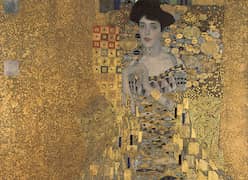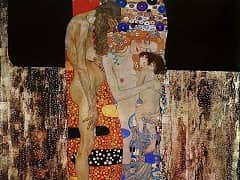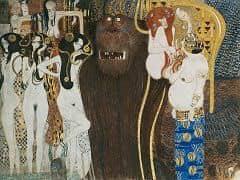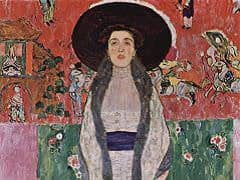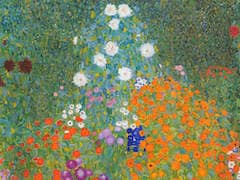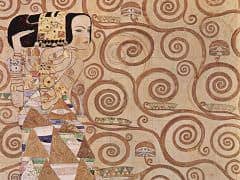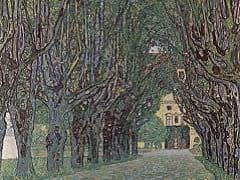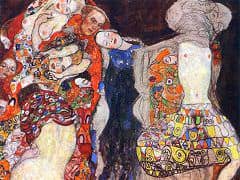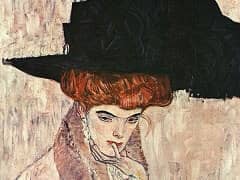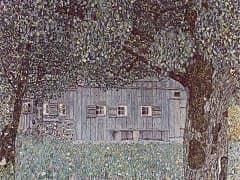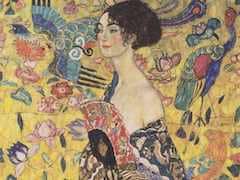Adam and Eve, 1917 by Gustav Klimt
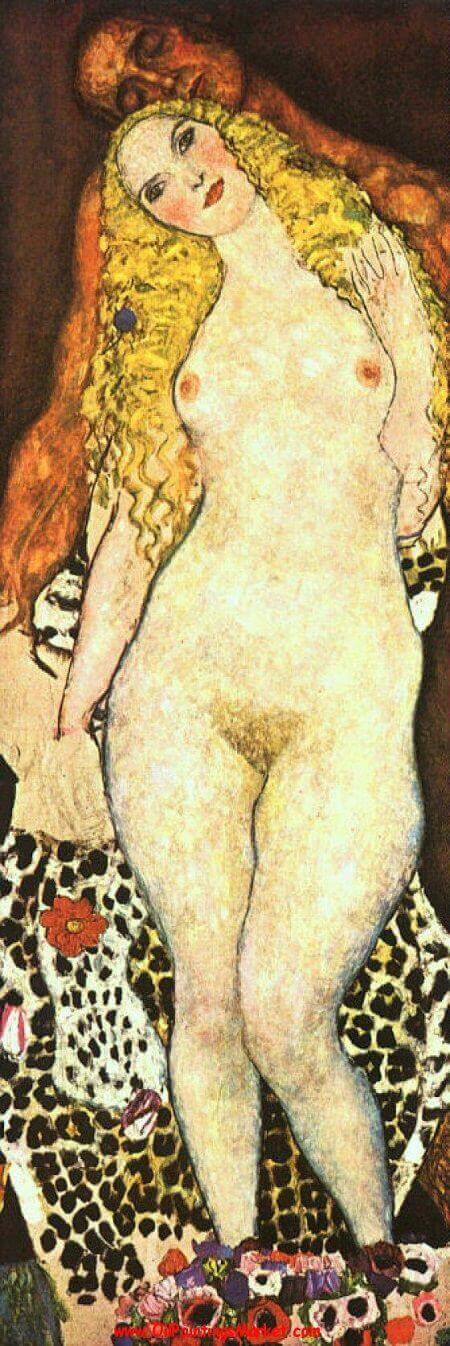
Adam and Eve was Klimt's first biblical painting. Certainly it was the only one to present humankind in a state of grace, for the scene would seem to be set before the Fall, perhaps at the
moment of Eve's creation. As the sole truly chaste woman, Eve is a heroine very different from Judith. Klimt's contemporaries remarked that his ideal woman generally
departed significantly from the Viennese notion of beauty: she was slender rather than buxom, redhaired or brunette rather than blond. This "Old Testament type" (as Klimt's typical heroine was
euphemistically called) had an aura of exoticism that was both appealing and intentionally frightening. A sword that cut both ways, his conception of the femmefatale indulged latent anti-Semitic
fears while at the same time glorifying the very subject of those fears. It is not surprising that, for this reason (and because many of his patrons were Jewish), Klimt was subject to anti-Semitic attacks.
Be that as it may, it is curious to note that when he chose his model for the mother of the human race, he picked a blond, "pure-blooded Aryan" type - one of the few to appear in his paintings.
There are other aspects of Adam and Eve that distinguish it from the rest of Klimt's oeuvre. Thematically, it was an extension of the many versions of The Kiss
and the preliminary drawings indicate that the composition evolved directly from these earlier works. However, whereas in all the incarnations of "The Kiss" the man dominates, here it is Eve
who is pushed to the forefront. Studies suggest that Klimt considered posing her with her back turned (like the man in The Kiss), but decided to position both figures facing forward so that their
faces could be seen (another departure from the prior works). As a result, Adam has more presence than most of Klimt's male characters, though his role is hardly a strong one. In a curious reversal
of the usual symbolism, the man is passive, somnolent, while the woman is active, awake. Night (or the moon) was traditionally the female force, day (the sun) male, and they were thus portrayed in
the Beethoven Frieze version of "The Kiss". Here, however, it is the man who seems associated with night, while the lighter female radiates sunshine. Klimt was gradually breaking out of the
fin-de-siecle stereotypes of sexuality to embrace a broader and more original vision.



